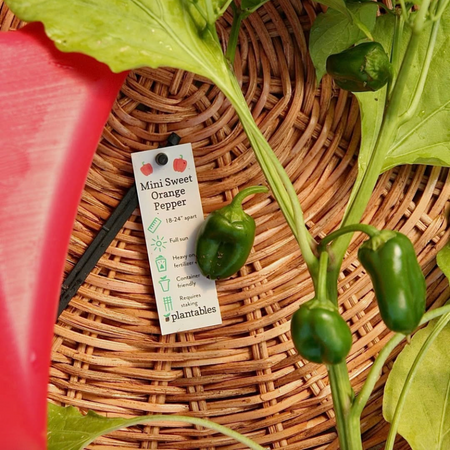Welcome to March! It's finally time to get some garden soil beneath those winter-clean fingernails. One of the first “real” gardening tasks of spring is dividing perennial plants. What does it mean to divide perennials? Why and how is it done? When exactly is the best time to divide perennials?
Why Divide Perennials
Perennials are plants that come back year after year, rewarding us with beautiful blooms at low maintenance. As they age and spread, they grow closer together, causing them to compete for nutrients and water and suffer from reduced airflow. Such crowding can result in less vigorous blooming, increased susceptibility to diseases and pests, and bald patches in the centre of clumps.
The good news is that we can prevent such problems, control spread, and encourage beautiful blooms on healthy plants! When we see these signs developing, we simply need to divide, or split, our perennials into smaller separate parts and replant them. Dividing gives us more plants that are healthier than the ones we dug up. And who doesn’t want more plants?
How to Divide Perennials
The basic steps are simple:
- Dig up the whole root system
- Clean away excess soil
- Using your fingers, gently separate each plant into at least 4 parts, each with a healthy root supply and 3 to 5 healthy shoots. Alternatively, you may choose to cut them apart with a sharp knife or carefully pry them apart with two forks, depending on the toughness of the roots.
Digging up and splitting plants may sound like a scary undertaking, especially for newer gardeners. Rest assured, this is one of the best things you can do for the health of your perennial garden!
Try these extra tips for success:
- Use clean garden tools. A sharp spade and knife or garden fork are all you’ll need for this task.
- Only attempt to divide well-established plants that show signs of crowding.
- Keep the roots covered and moist until you replant to avoid shocking them.
Some divisions may die, but the healthiest and strongest plants will thrive, making your whole garden more beautiful!
When to Divide Perennials
When spring arrives and the ground thaws, wait for a cloudy day, preferably with rain in the forecast, to divide your late-blooming perennials. These would include Hostas, Daylilies, Delphiniums, and Bee Balm, to name just a few.
At the end of winter, your plant's roots have a lot of stored energy to aid in regrowth, but larger leaves will suffer more damage, requiring more energy to heal. That means the ideal time to divide your plants is right after they begin to show the first green signs of life. This timing gives your perennials the whole growing season to recover and flower again before returning to dormancy next winter.
Wait until summer or fall to divide plants that bloom early in spring. Allow sufficient time for them to establish healthy roots before the ground freezes to enjoy healthier plants next spring.
Remember that you only need to divide your perennials when they begin to crowd, but don’t be afraid to dig in when the time comes!







